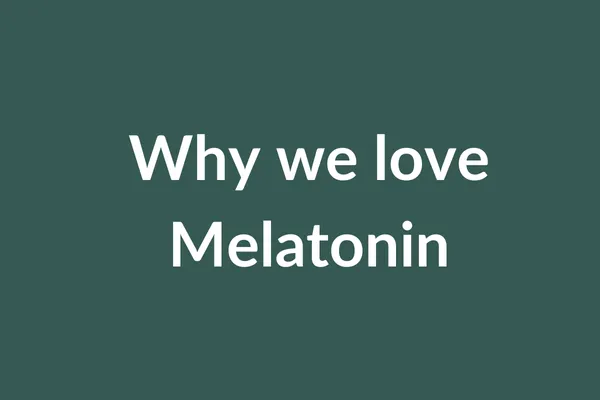
Why we love melatonin
Why we love melatonin: So beneficial its been explored in research against Ebola virus
Melatonin has been explored as a potential therapeutic option for Ebola virus disease (EVD) due to its multifaceted effects on immune regulation, inflammation, and vascular integrity. Here's a synthesis of key research findings:
Mechanisms of Action
Immune System Modulation
Melatonin enhances natural killer (NK) cell cytotoxicity, which plays a critical role in combating viral infections like Ebola5. It also increases heme oxygenase-1 (HO-1), an enzyme that inhibits Ebola virus replication5.Anti-Inflammatory Effects
By suppressing pro-inflammatory cytokines (e.g., TNF-α, IL-6, IL-8) and oxidative stress, melatonin mitigates the hyperinflammatory response seen in severe EVD37. This aligns with its efficacy in septic shock, a condition sharing pathological similarities with Ebola17.Coagulation and Endothelial Protection
Melatonin reduces disseminated intravascular coagulation (DIC) by inhibiting tissue factor (TF) and stabilizing endothelial cells, thereby preventing hemorrhage237. It also limits oxidative damage to blood vessels, preserving vascular integrity23.
Preclinical and Theoretical Support
In animal models, melatonin improved survival rates in viral infections by reducing apoptosis and inflammation4.
Studies highlight its ability to counteract EVD pathologies, including endothelial disruption, coagulopathy, and multi-organ failure357.
Practical Advantages
Safety: No serious toxicity or fatalities have been reported, even at high doses7.
Accessibility: Oral administration and low cost make it viable for large-scale outbreaks17.
Limitations and Future Directions
While preclinical data are promising, no clinical trials have directly tested melatonin in Ebola patients35. Researchers emphasize the need for trials to establish dosing, efficacy, and interactions37.
In summary, melatonin’s pleiotropic effects position it as a theoretically compelling candidate for EVD management, though clinical validation remains essential.